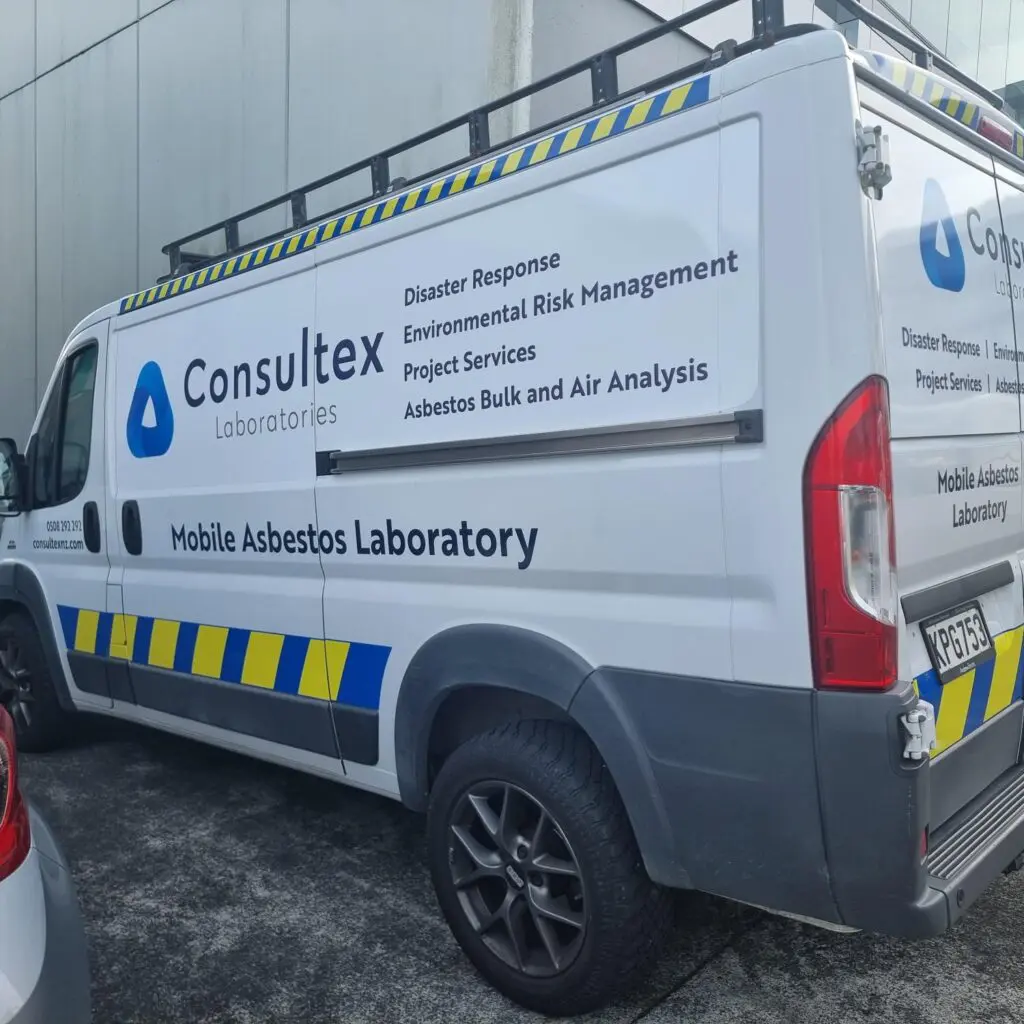Asbestos, once hailed for its durability and heat resistance, was a popular material in construction during the 20th century. However, its hidden dangers became apparent over time, leading to stringent regulations and the need for asbestos analysis in modern construction. Identifying and mitigating these risks is crucial, particularly during renovation and demolition projects.
The Historical Use of Asbestos in Construction
Asbestos was extensively used in various construction materials due to its advantageous properties. It was commonly found in insulation, roofing shingles, floor tiles, and cement products. Buildings constructed before the 1980s are likely to contain asbestos materials. Unfortunately, while asbestos was celebrated for its functionality, its health hazards were not initially recognized.
The Health Risks of Asbestos Exposure
When asbestos-containing materials (ACMs) are disturbed, they release tiny fibers into the air. These fibers, when inhaled, can become lodged in the lungs and other tissues, leading to serious health issues. Asbestosis, a chronic lung disease, is caused by prolonged exposure to asbestos fibers. More alarmingly, asbestos exposure is a leading cause of lung cancer and mesothelioma, a rare and aggressive cancer affecting the lining of the lungs, heart, or abdomen.
The Role of Asbestos Analysis in Modern Construction
In modern construction, asbestos analysis plays a critical role in ensuring safety. Before any renovation or demolition project, it is essential to assess the presence of asbestos in existing structures. This involves a systematic approach to sample collection and laboratory analysis, performed by trained professionals.
Sample Collection and Laboratory Analysis
The process begins with the collection of samples from suspected ACMs. These samples are carefully handled to prevent fiber release and contamination. In the laboratory, advanced techniques such as Polarized Light Microscopy (PLM) and Transmission Electron Microscopy (TEM) are used to identify and quantify asbestos fibers. PLM is commonly used for bulk material analysis, while TEM provides detailed information on fiber morphology and composition, crucial for accurate identification.
Mitigating Risks Through Professional Asbestos Analysis
Accurate asbestos analysis helps in developing effective risk management plans. If asbestos is detected, a detailed report outlines the type, concentration, and location of the asbestos. This information is vital for creating a safe work plan, whether it involves encapsulation, enclosure, or removal of ACMs. Professional asbestos abatement ensures that the materials are handled and disposed of following strict safety protocols, minimizing exposure risks.
Regulatory Compliance and Safety
Compliance with regulations is another critical aspect of asbestos analysis in modern construction. Various laws and guidelines govern the handling, removal, and disposal of asbestos. Failure to comply can result in severe penalties and health risks. Engaging professional asbestos analysis services ensures adherence to these regulations, protecting workers, occupants, and the environment.
Conclusion
Asbestos analysis is indispensable in uncovering hidden dangers in older buildings slated for renovation or demolition. By identifying and quantifying asbestos fibers, professionals can develop and implement safe management plans, ensuring compliance with regulations and safeguarding health. In modern construction, where safety and compliance are paramount, asbestos analysis services play a crucial role in mitigating the risks associated with this once-popular but hazardous material.



